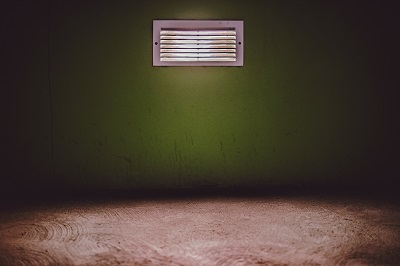Buildings in the US account for about 76% of electricity use and 40% of all energy use in the country. This alarming figure highlights the importance of energy efficiency in today’s world.
The good news is that technology can help reduce this energy use in buildings by 20% by the end of this decade. This explains the growing popularity of energy-efficient buildings in the US in today’s age.
However, the question is how one realizes this goal. Thankfully, the answer is much easier than you would expect. Here, we will explore seven effective ways to make a building more energy-efficient!
Follow these tips to make sure your building is energy-efficient
Energy efficiency is now a significant priority for buildings in the US. Hence, taking the right steps to enhance the property’s energy efficiency is now more important than ever. That said, here are seven effective ways to get you the best benefits of energy-efficient buildings:
1. Start with Effective Benchmarking
The first thing you must do is benchmark the building’s energy use. Whether you are the owner or a tenant, benchmarking energy use is a great way to enhance efficiency.
This is a great choice for people with limited resources where retrofitting might not always be an option. This does not require much cost or effort, but simple and timely monitoring is more than enough for the job.
2. Ensure Proper Insulation
Insulation is one of the most important things you need to boost your building’s energy efficiency. Most buildings lose a significant portion of heat through the walls and roofs in the winter. Then, there is the HVAC system that will make up for this heat loss and increase your utility bills.
The outsides of your buildings should lower the heating/cooling needs, making them as ‘airtight’ as possible. For new buildings, you can comfortably opt for high-performance insulation and non-traditional wall systems, both of which offer additional insulation. Replacing the doors and windows in existing buildings can be a solid investment to avoid air leakage.
3. Always opt for Certified Equipment
The type or quality of equipment you use in your building has a direct impact on its overall energy efficiency. This is why using proper quality and energy-efficient equipment is one of the most effective ways to save more energy.
You must use ENERGY STAR-labeled equipment, which can even provide you with about 75% savings on certain equipment. These solutions are also great at adapting to the evolving needs of the relevant green building standards.
4. Use LED Lights
Most people don’t realize this, but LED lights use 90% less energy and last 25 times longer than conventional bulbs. The great thing about these lighting fixtures is they are also quite affordable and can be a game-changer for energy efficiency.
These days, IoT technology has come a long way, and we can use it to enhance a building’s energy efficiency. These IoT sensors can detect factors like occupancy and turn the lights off when a room is empty. This will again help you get better energy savings and enhance the building’s efficiency.
5. Consider Upgrading to LEED
LEED, or Leadership in Energy and Environmental Design, is becoming a popular standard for energy-efficient building examples worldwide. This specialized certification attests that a building is energy efficient. You need to meet some standards to ensure your building offers the right level of energy efficiency.
In most cases, the construction cost of a LEED building is just about 2% higher than that of a conventional building. This is worth the expense, considering the long-term energy and water savings you get from these buildings. This will also enhance the quality of life within the building, which helps drive up occupancy rates and rents.
6. Use Renewable Energy
Another great and time-tested way to enhance your building’s energy efficiency is to make the most of renewable energy. You can harness the sun’s power to generate and store electricity in batteries and use them in times of need.
Then, there is also the option of using wind energy to extract power from the wind to power the building. This will reduce the building’s reliance on fossil fuels, contribute to better energy savings, and lower negative environmental impact.
7. Harvest Rainwater
Harvesting rainwater is one of the best ways to make the most of the limited resources that nature has to offer. This means you must design the building in a manner that prevents the wastage of rainwater and store it.
You can then use this saved-up water based on your needs and save up on your utility bills. But remember that rainwater might not always be suited for drinking. So it is better you consider using it for other purposes like flushing the toilet, irrigation, or washing clothes.
How The Cotocon Group Works to Make Your Building Energy Efficient
The Cotocon Group understands the impact buildings have on our environment. We are committed to working on making New York City more sustainable. One of the many ways we do this is by conducting an annual audit of our projects’ energy use, which is a significant factor in a building’s carbon footprint. We also provide services such as Local Law Compliance, Energy Audits, Retro-Commissioning, and Building Commissioning that will help you reduce your Carbon Emissions.
Get in touch with us to learn more!


